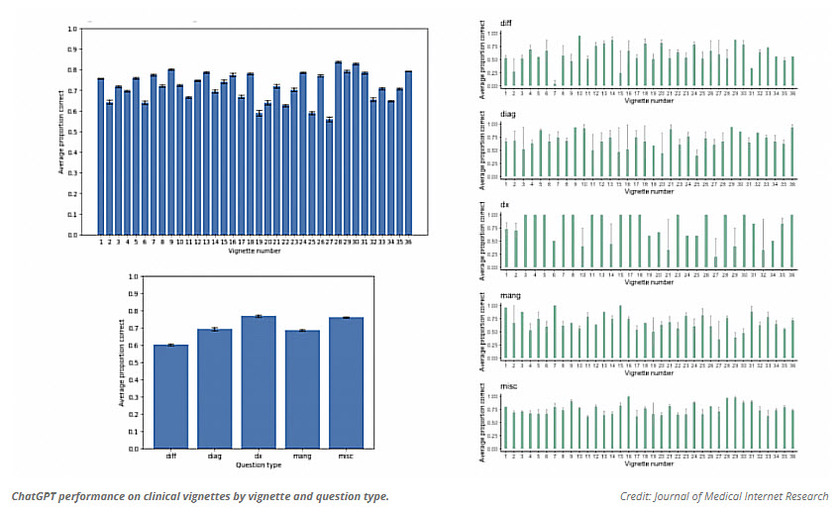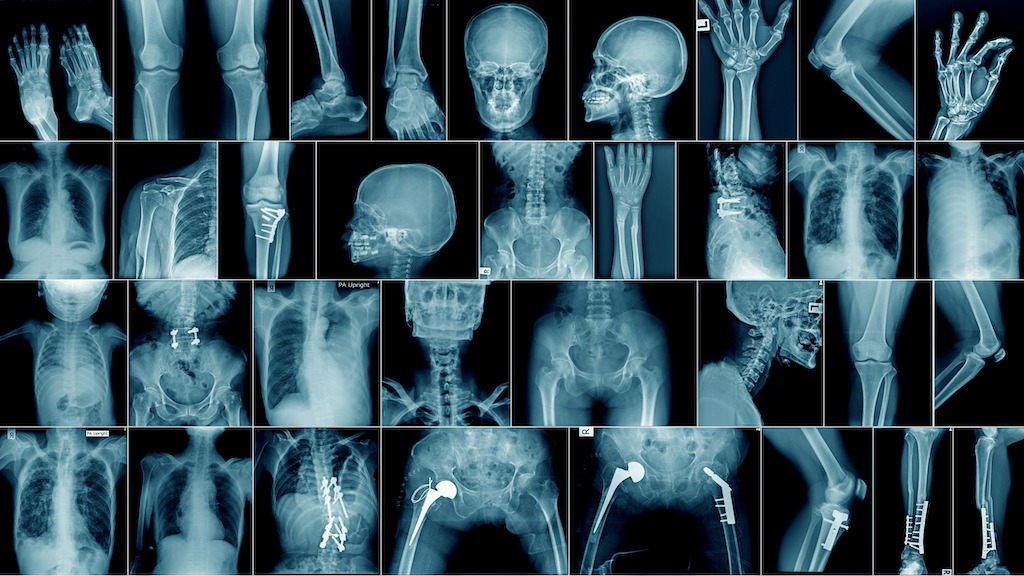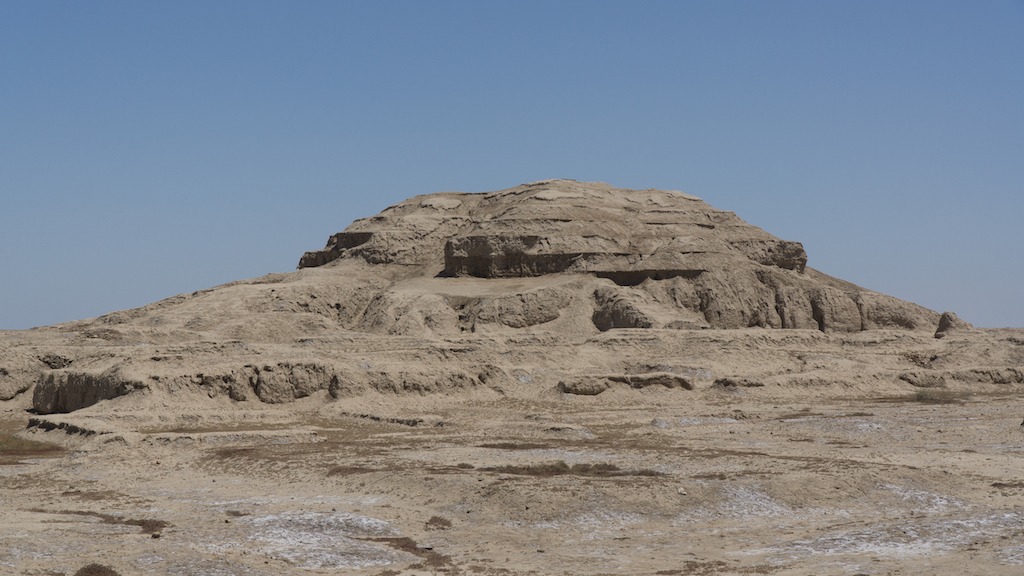Well today is what is called "Giving Tuesday" and it was designed to show that humans do care about their follow men and friends by giving after a lot of buying. I give to a mix of charities from Pug rescues to veteran organizations. If you do not those there are thousands of other worthy charities to consider. The following article about the history of giving Tuesday is from Time.com:
"By: OLIVIA B. WAXMAN NOVEMBER 28, 2017 9:00 AM EST
The annual observance of Giving Tuesday — which raises awareness about charity on the Tuesday after Thanksgiving, and which led to more than $168 million in charitable donations in 2016 — is a recent innovation. But, while crowd-funding sites and social networks have created new opportunities to spread the word more quickly, such campaigns carry on a tradition that, in the U.S., dates back about a century.
Historically, though wealthy people had participated in philanthropy of many kinds, average citizens participated in charity primarily through their churches, explains Dwight Burlingame, editor of Philanthropy in America: A Comprehensive Historical Encyclopaedia. “That’s how people took care of themselves in the community,” he says. At the end of the 18th century and in the early 19th century, in the nation’s early days, that function was particularly pronounced. Then, especially between the 1830s and 1850s, voluntary non-profit associations geared towards social and political change, outside the church, formed.
“Alexis de Tocqueville commented upon these private endeavors as a uniquely American phenomenon during his visit to the U.S. in the 1830s,” says Mark McGarvie, professor of law at William & Mary Law School and author of Law and Religion in American History. “Collectively referred to as forming the ‘Benevolent Empire,’ they became the first modern American philanthropies. Concerned Americans from across the nation donated time and money to causes dedicated to undoing the secular individualism formed in the founding era.”
Benjamin Soskis, a research associate in the Center on Nonprofits and Philanthropy at the Urban Institute, adds that the mentality of that time “got Americans thinking about their responsibilities not just locally but also nationally, so their scope of giving starts to expand.”
In the late 19th century and turn of the 20th century, as cities grew and more people moved to urban areas for factory jobs and immigration, the character of American philanthropy evolved too. Voluntary associations sprang up to help new foreign residents assimilate to the American way of life. Business managers with their own motivations also participated in charity. The YMCA, for example, Burlingame says, got much of its funding from from businesses looking for safe housing for their workers so they wouldn’t get drunk at night — and so that they would be able to report for work in the morning.
Yet more people in one place meant more people crammed into tight spaces. Airborne diseases like tuberculosis (TB) created a public health crisis, with some estimates claiming that 450 Americans died of TB every day during that period around the turn of the century.
The epidemic hit close to home for Jacob Riis, chronicler of urban slum conditions, whose six brothers died of the disease — and in response he helped create the impetus for a campaign that looks remarkably similar to today’s mass-giving drives.
In 1907, Riis wrote an article for Outlook magazine, describing a letter he received from Denmark that had a seal next to a stamp on the envelope, the proceeds from which went to efforts to take care of children with TB. He called for a U.S. version of the clever fundraising campaign, “for the purpose of rousing up and educating the people on this most important matter,” and urged Americans not to wait for some Gilded Age financier to make a donation. Together, the people could prove that, though they may not have much individually, they could collectively make a difference, he argued: “No millionaire is wanted to do it. It were far better done by the people themselves, for only in doing it so will they learn that which is of more value than preaching and doctoring—namely, how to help themselves.”
His call was heeded by Emily Bissell, a member of the magazine’s editorial board and a secretary of the Delaware Red Cross. In 1908, the Red Cross sold “Christmas seals” to benefit the National Tuberculosis Association (whose symbol is the Lorraine cross on the bottom right corner of the featured image above). The effort raised $135,000 that year and $1 million by 1916 — nearly $24 million in today’s dollars. The campaign appeared to be helping: the year 1932 saw the lowest TB death rate then on record in 59 American cities, from an average of 174.4 deaths per 100,000 in 1910 to 63.2 in 1931, and 56.3 in 1932. And when news of the vaccine was announced in Dec. 1929, the press push was timed to “stimulate Seals sale,” as TIME reported.
And mass giving was directed towards other causes too. A single week-long call for donations in June 1917 raised about $115 million for the World War I war effort, according to The American Red Cross: A History by Foster Rhea Dulles.
However, what Soskis calls “the heyday of mass giving” came much later, with the rise of the middle class in the post-war period. In the 1950s and ’60s, increased disposable income led to increased giving — though the social movements of the time also made charity more of a political decision. “Giving became a way to express political values not just broad moral values,” as Soskis puts it. “In turn, the percentage of giving that goes to religious institutions declines from more half in the late ’70s and early ’80s to around a third now.” (Though religion remains the top destination for giving, that share has grown smaller as people have tended to spread out their donation dollars between a wider number of causes.)
In the 21st century, philanthropy in the U.S. is changing yet again.
Philanthropy coming from new class of Silicon Valley elites “dwarfs anything that ever happened before,” says Soskis, which means that select individuals can have proportionally even more of an impact than mass-giving campaigns. “Mass giving,” he says, “is dependent on an egalitarian wealth distribution.”
That said, there is some evidence that individual giving may be on the rise, according to Giving USA’s annual report on philanthropy in 2016, which showed giving by individuals rose 4 percent.
“In 2016, we saw something of a democratization of philanthropy,” said Patrick M. Rooney, associate dean for academic affairs and research at the Lilly Family School of Philanthropy at Indiana University, in a statement on the report. “The strong growth in individual giving may be less attributable to the largest of the large gifts, which were not as robust as we have seen in some prior years, suggesting that more of that growth in 2016 may have come from giving by donors among the general population compared to recent years.”"
As you can see from the above giving either time or money does have an impact on other lives. So, today if you can give to a charity of your choice, help someone with a kind deed, or just smile at strangers and say hello. These all help build a better world.
I have lost a lot of faith with the Medical Community and the Governments over the last several years, but there are a few good things that can raise above the corruption and the pushing of drugs a new approach to heal people. The following is from www.gaia.com and written by Hunter Parsons that does not involve any drug or pushing an ineffective so called vaccine that the drug company is not held accountable in any way but they use sound! The use of sound can regrow bone tissue! Here is the story:
"The future of regenerative medicine could be found within sound healing by regrowing bone cells with sound waves.
The use of sound as a healing modality has an ancient tradition all over the world. The ancient Greeks used sound to cure mental disorders; Australian Aborigines reportedly use the didgeridoo to heal; and Tibetan or Himalayan singing bowls were, and still are, used for spiritual healing ceremonies.
Recently, a study showed an hour-long sound bowl meditation reduced anger, fatigue, anxiety, and ...
Not a fan of a Defense Agency studying Anti-Gravity and other Exotic Tech, but if the commercial world and make this technology cheap that will change our world yet again. The following is about three minute read and from www.gaia.com. The below was written by Hunter Parsons:
"Wormholes, invisibility cloaks, and anti-gravity — it’s not science fiction, it’s just some of the exotic things the U.S. government has been researching.
A massive document dump by the Defense Intelligence Agency shows some of the wild research projects the United States government was, at least, funding through the Advanced Aerospace Threat Identification Program known as AATIP.
And another lesser-known entity called the Advanced Aerospace Weapons System Application Program or AAWSAP
The Defense Intelligence Agency has recently released a large number of documents to different news outlets and individuals who have filed Freedom of Information Act requests.
Of particular interest are some 1,600 pages released to Vice News, which ...
As our technology gets better we are discovering more about the history of mankind and pushing the timeline back further and further. The following article is from www.gaia.com and written by Michael Chary that discusses this new find that changes the historical timeline:
"Over the past decade, there have been a number of archeological revelations pushing back the timeline of human evolution and our ancient ancestors’ various diasporas. Initially, these discoveries elicit some resistance as archeologists bemoan the daunting prospect of rewriting the history books, though once enough evidence is presented to established institutions, a new chronology becomes accepted.
But this really only pertains to the era of human development that predates civilization — the epochs of our past in which we were merely hunter-gatherers and nomads roaming the savannahs. Try challenging the consensus timeline of human civilization and it’s likely you’ll be met with derision and rigidity.
Conversely, someone of an alternative...
Not sure if you have heard of a show on YouTube called "The Why Files". If not you should check it out it is interesting and has some humor with it on different subjects. Last weeks was on a different theory how the Universe works and how main stream Science is attempting to shut it down like is always seems to do if it goes aguest some special interest. Today it is akin to what happened to those who questioned the Earth was the Center of the Universe that main stream so called Science all believed during the Renaissance period, They called any theory that the Earth was not the Center of the Universe misinformation. Does this sound familiar today? People laughed and mocked people like Leonardo da Vinci, Nicolaus Copernicus, Georg Purbach as crack-pots, conspiracy theorists, nut-jobs and they were suppressed and even imprisoned for their radical thoughts and observations. Again it sounds like today in so many ways. In any event this is a good one to ponder and see even if a bad idea ...
Seemingly chaotic systems like the weather and the financial markets are governed by the laws of chaos theory.
We all have heard about chaos theory, but if you have not or have forgotten what chaos theory is well here you go from interestingengineering.com:
"Chaos theory deals with dynamic systems, which are highly sensitive to initial conditions, making it almost impossible to track the resulting unpredictable behavior. Chaos theory seeks to find patterns in systems that appear random, such as weather, fluid turbulence, and the stock market.
Since the smallest of changes can lead to vastly different outcomes, the long-term behavior of chaotic systems is difficult to predict despite their inherently deterministic nature.
As Edward Lorenz, who first proposed what became commonly known as the Butterfly Effect, eloquently said, "Chaos: When the present determines the future, but the approximate present does not approximately determine the future.""
You may have heard the term about chaos theory as a butterfly flaps its wings in Brazil,...
I for one have lost trust in Medical Doctors due to COVID and reflection that they seem to push pills for everything and untested so called vaccines that is using a unproven technology because the Government and the Medical Boards of the State told them to. There are a very few exceptions. Thus they do not address the key problem just prescribe more and more pills to keep you alive an sick longer for them and Big Phama to profit from you. Will AI do any better? Well that depends on what was used for the training of AI. If it also pushes pills and vaccines without question then you have the same problems noted above. However, if the AI Training includes all possible forms of treatment and they zero in on the right issues for the true problem then there is possibilities they would be way better than most of the current Medical Doctors today.
The following is from an article from interestingengineering.com and written by Paul Ratner:
"A new study looks at how accurately AI can diagnose patients. We interview the researcher, who weighs in on AI's role ...


























